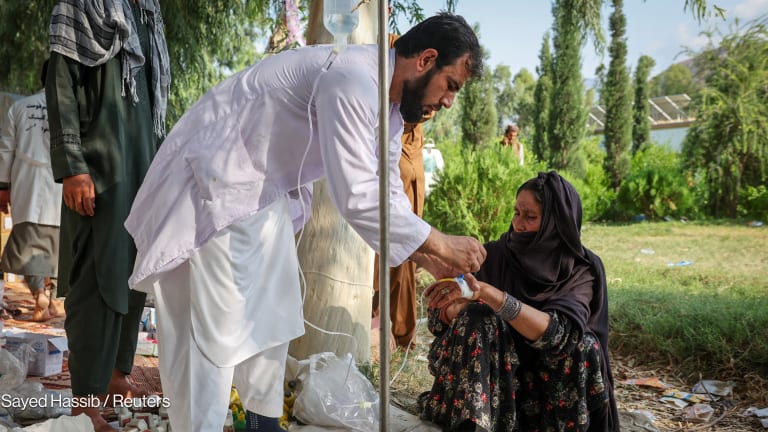The deadly earthquake that rippled through Myanmar and neighboring countries on Friday is the first large-scale natural disaster to have taken place since the USAID cuts dismantled a huge proportion of international aid work. Experts said the shift in typical emergency response from the United States has impeded rescue attempts and cost lives that otherwise could have been saved.
“You could have had a team on the ground very quickly in Mandalay [the epicentre],” said Phil Robertson, director of Asia Human Rights and Labour Advocates Consultancy, explaining that the first 72 hours after any disaster are critical to finding survivors. “Certainly you would have seen more people being brought out of buildings [and] you would have seen more people receive lifesaving medication and assistance.”
The 7.7 magnitude earthquake hit Myanmar on the afternoon of March 28 local time, claiming the lives of over 1,700 people. That number is expected to rise to upwards of 10,000 as many remain missing, trapped beneath the rubble of damaged and destroyed buildings. “The fact that people are trying to dig survivors out of collapsed buildings in Mandalay and Sagaing with their hands and with hand tools gives you an idea of what we’re dealing with,” said Robertson.








